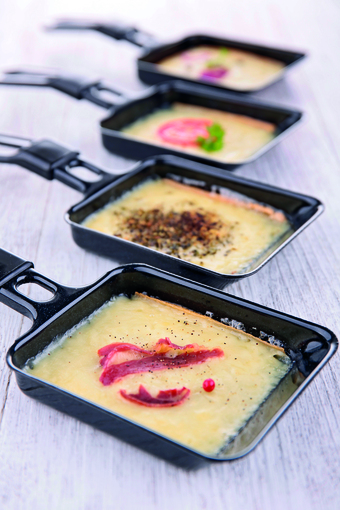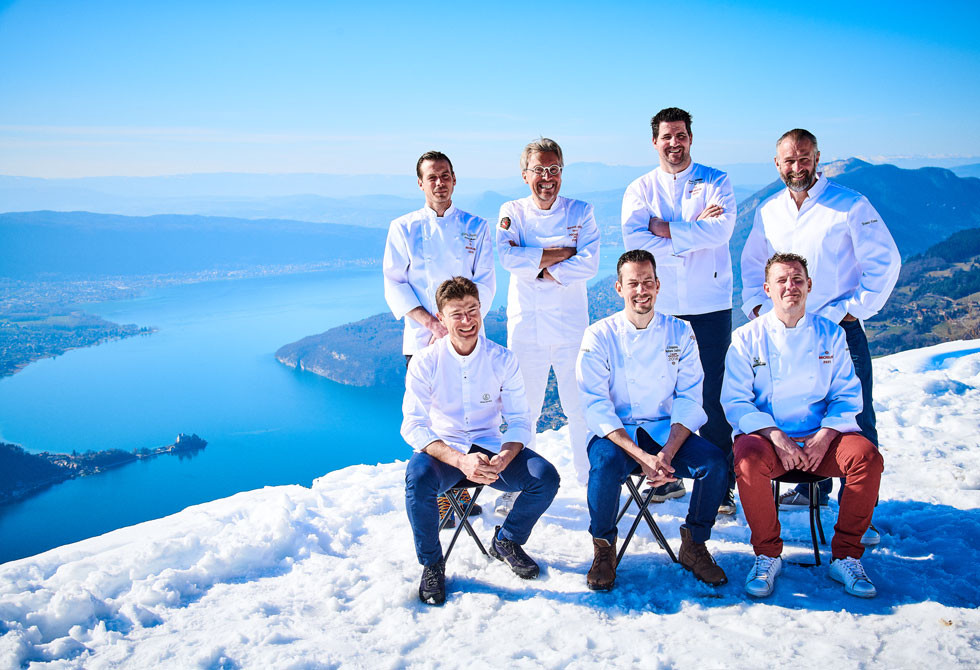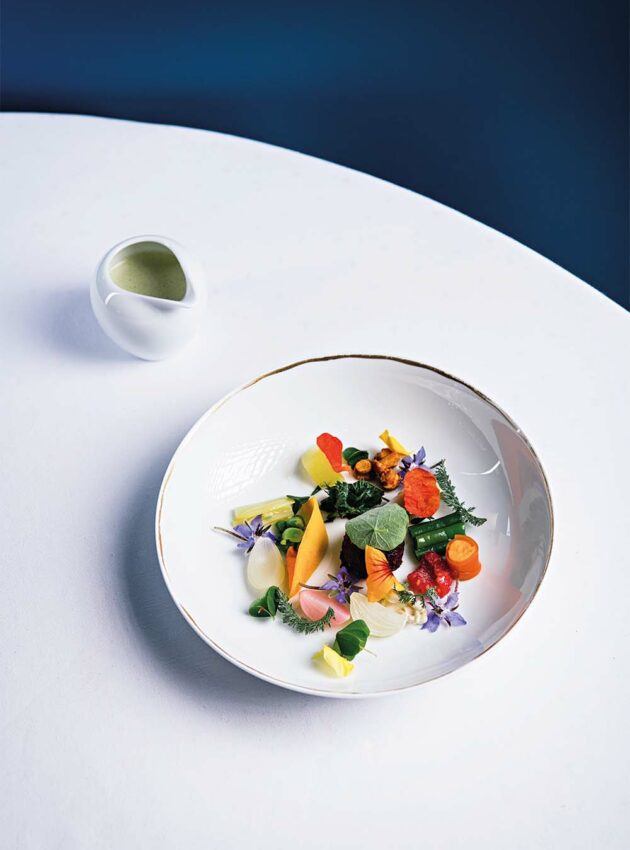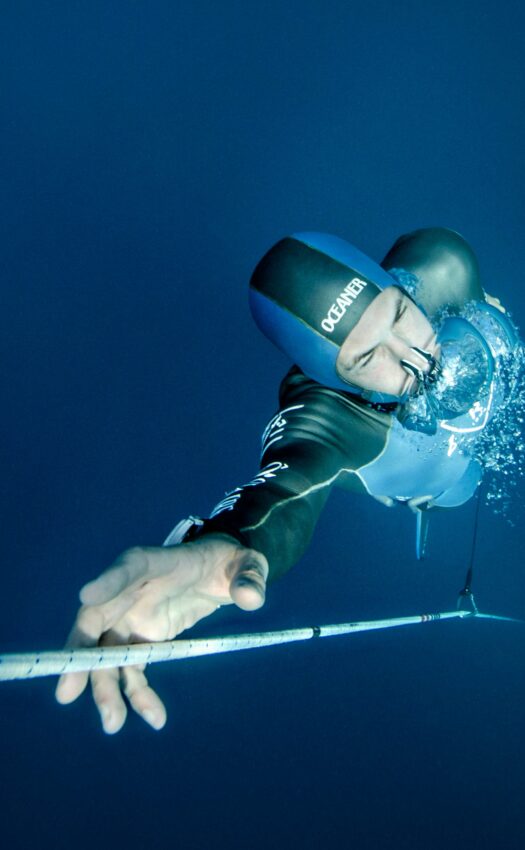
Once upon a time
Savoyard cuisine

A heritage like no other
From aristocratic cuisine enjoyed by the dukes of Savoie, to peasant, farmer, and mountain dweller customs of yesteryear, the Savoie region takes pride in its extraordinary culinary heritage, much more sophisticated than the raclette and tartiflette variations that visitors order all too often.
It is usually said that Savoyard cuisine was born in the Middle Ages, during the powerful reign of the Duchy of Savoie.
Through the 19th century, culinary excellence held an important place. With Savoie’s favorable location on the road between the East and West, the kitchens of the duke’s family had easy access to sugar, olive oil, exotic fruits, and spices from the Orient such as pepper and nutmeg.



Spices and fine foods
The highly-prized spice saffron has been grown in the valleys of Savoie since the 17th century.
Add this to other herbs and spices grown naturally here such as cumin (on hillsides) and dill (which grows on arid and sun-exposed terrain at higher elevations).
When reading the book Du fait de cuisine (“On Cooking”) by master chef Amiczo Chiquart, who cooked for the Duke of Savoie, Amédée VIII, in 1420, you learn much about the kitchen he oversaw in Ripaille Castle, near Thonon-les-Bains, where he prepared incredible soufflés, stews with local game, saffron-flavored bouillons and stuffing, zabagliones, rissoles, entremets, and more.
Certain specialties have stood the test of time, like well-known Savoie cake, first made during the reign of Amédée VI between 1343 and 1383.
No meat and fish
Starting in the 18th century, as relations improved with the Aosta Valley, Piedmont, and the counties of Nice and La Bresse, potatoes, rice, pasta, and polenta became staple foods in Savoie.
However, through the end of World War II, meat was rarely served at home, except in mountain communities where people ate game, dried meats, and sheep from their herds.
Down in the valleys, people only bought braised or boiled meats for important holidays.
In spite of the many mountain lakes and streams, fish was only served in “hotels” (the Savoyard term for restaurant) along the shores of Lake Geneva, Lake Bourget, and Lake Annecy.
Cheeses and vegetables
Nevertheless, working class cuisine is much less sophisticated. Vegetables and cheese take up the most space on any given plate.
Raclette became popular in the Middle Ages, when shepherds melted cheese during their summers spent in the high alpine pastures. Tomme, which means “cheese made in alpine pastures,” was invented by farmers using the skimmed milk left over after making butter.
Served at every meal, this light cheese constituted an important source of protein for families, and often accompanied a cup of coffee at snack time.
A new revival
As tourism and winter sports developed, Savoyard cuisine came into its own.
A highly-varied clientele generated a revival for the area’s long dormant culinary heritage.
Savoyard cuisine has since risen back to its noble beginnings, as several local Michelin-starred chefs prove. The Savoie region is second only to Paris in the number of award-winning restaurants.

© Nicolas Lobastael / The 7 starred chefs
Annecy revealed
In recent years, Lake Annecy has become a world-renowned lakeside destination that enjoys so many different chefs along its shores.
Fresh fish from the lake, such as fera and arctic char, are legendary, as are herbs from the Aravis Mountains. Not to be outdone are exquisite cheeses like Reblochon and Tome des Bauges, valley-grown local fruits and vegetables, as well as wine. Apremont and Roussette set the local viticulture standard.
This exceptional region will more than tantalize the taste buds of traveling foodies.

© Philippe Vaures-Santamaria / Gastronomic dish
Another story
Copyright :
- © Matthieu Cellard / Crustaceans
- © Shutterstock / Raclette
- © Collection Archives Municipales Annecy – S. Sborowski – Fonds Langlet / Brasserie du Pâquier
- © Shutterstock / Gâteau de Savoie
Journalist : Magali Kunstmann-Pelchat
Translation : Darin Reisman
